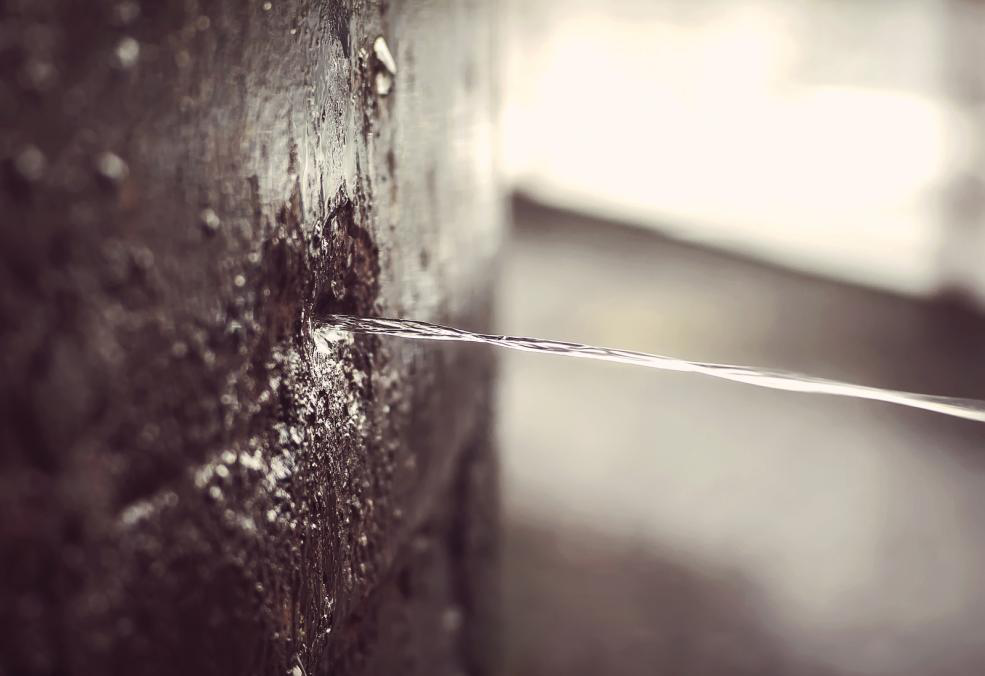We have uncovered the article pertaining to Finding hidden leaks down the page on the internet and concluded it made perfect sense to share it with you on this site.

Early detection of dripping water lines can mitigate a possible disaster. Some small water leaks may not be visible.
1. Take A Look At the Water Meter
Every house has a water meter. Examining it is a surefire manner in which helps you find leaks. For starters, switch off all the water sources. Make sure no one will certainly purge, use the tap, shower, run the washing maker or dishwasher. From there, go to the meter and also watch if it will alter. Given that no one is using it, there need to be no movements. That indicates a fast-moving leakage if it moves. If you find no changes, wait an hour or two and also examine back again. This implies you might have a slow leak that might also be below ground.
2. Check Water Usage
Analyze your water bills as well as track your water usage. As the one paying it, you need to discover if there are any type of disparities. If you spot sudden changes, in spite of your usage coinciding, it indicates that you have leakages in your plumbing system. Bear in mind, your water costs should fall under the exact same range every month. An abrupt spike in your bill indicates a fast-moving leak.
A consistent boost every month, even with the very same behaviors, reveals you have a sluggish leak that's also slowly escalating. Call a plumber to extensively examine your property, especially if you really feel a warm area on your flooring with piping below.
3. Do a Food Coloring Test
When it concerns water consumption, 30% originates from bathrooms. Test to see if they are running effectively. Decrease specks of food shade in the storage tank and wait 10 mins. There's a leakage between the container as well as dish if the color somehow infiltrates your dish during that time without flushing.
4. Asses Outside Lines
Do not forget to inspect your exterior water lines too. Must water permeate out of the connection, you have a loose rubber gasket. One little leakage can waste heaps of water and also spike your water expense.
5. Assess the situation and check
Home owners should make it a practice to inspect under the sink counters and also also inside closets for any bad odor or mold growth. These two warnings show a leakage so prompt attention is needed. Doing routine assessments, also bi-annually, can save you from a major trouble.
Inspect for stainings and compromising as many devices and also pipelines have a life expectations. If you think dripping water lines in your plumbing system, don't wait for it to escalate.
Early detection of dripping water lines can alleviate a possible disaster. Some little water leakages might not be noticeable. Examining it is a guaranteed way that aids you discover leaks. One tiny leak can waste tons of water as well as increase your water bill.
If you think dripping water lines in your plumbing system, don't wait for it to intensify.
WARNING SIGNS OF WATER LEAKAGE BEHIND THE WALL
PERSISTENT MUSTY ODORS
As water slowly drips from a leaky pipe inside the wall, flooring and sheetrock stay damp and develop an odor similar to wet cardboard. It generates a musty smell that can help you find hidden leaks.
MOLD IN UNUSUAL AREAS
Mold usually grows in wet areas like kitchens, baths and laundry rooms. If you spot the stuff on walls or baseboards in other rooms of the house, it’s a good indicator of undetected water leaks.
STAINS THAT GROW
When mold thrives around a leaky pipe, it sometimes takes hold on the inside surface of the affected wall. A growing stain on otherwise clean sheetrock is often your sign of a hidden plumbing problem.
PEELING OR BUBBLING WALLPAPER / PAINT
This clue is easy to miss in rooms that don’t get much use. When you see wallpaper separating along seams or paint bubbling or flaking off the wall, blame sheetrock that stays wet because of an undetected leak.
BUCKLED CEILINGS AND STAINED FLOORS
If ceilings or floors in bathrooms, kitchens or laundry areas develop structural problems, don’t rule out constant damp inside the walls. Wet sheetrock can affect adjacent framing, flooring and ceilings.
https://www.servicemasterbyzaba.com/blog/how-to-detect-water-leakage-in-walls/

Do you appreciate reading up on Leaking water lines? Write a comment directly below. We would be delighted to listen to your views about this entry. Hoping that you come back again before long. So long as you enjoyed reading our article if you please be sure to pass it around. Thank you for your time. Visit us again soon.